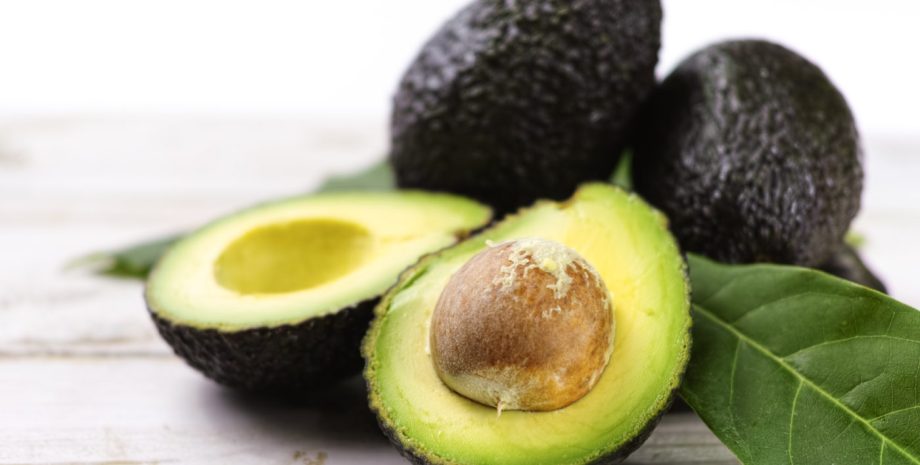

But there are foods out there that we all know and love—and may have been avoiding because of old or incomplete health information. It may be time to welcome some of the following foods back. (In moderation, of course. To paraphrase the Who, too much of anything can get too much for you.)
Avocados
Yes, avocados are high in fat—a “good” monounsaturated fat, which helps to lower bad cholesterol. They’re also a great source of vitamins and minerals like potassium, which helps to control blood pressure and folate (important for cell repair, and during pregnancy).
Here’s 56 ways to help you celebrate the good news. Just don’t try all 56 in one week.
Bananas
They may be higher in carbs than other fruits, but with just over 100 calories per medium banana, they’re a healthier treat than you’ll find in any pastry shop. They’re low in fat, high in potassium, vitamin A, folic acid, and fiber. And despite their calories, they have a low glycemic load, which is an estimate of a food’s ability to raise your blood glucose levels.
They do go from perfect to overripe quickly, depending on your taste. So here are 16 healthy recipes to make use of the mushy ones.
Butter
Butter got a bad rap in the 1960s and ’70s, when saturated fats were getting a lot of the blame for everything from obesity to heart disease. But as our knowledge of fat and health has evolved, butter’s reputation has improved. For one thing, the trans fats in the margarine we used to replace butter turned out to much worse for us. And by helping us stay full and flavor-satisfied, a little bit of butter can help us avoid the simple carbs that are also heart-unhealthy.
Check out some simple ways to get that buttery goodness into your diet without going overboard.
Eggs
Like butter, eggs were another casualty of our oversimplified ideas about fat, cholesterol, and heart health. Eggs are high in cholesterol, which sounds scary when we’re concerned about our blood cholesterol levels, but newer research has shown that our consumption of cholesterol doesn’t have much impact on our blood cholesterol. That’s largely determined by stress, exercise habits, and your genes. In truth, eggs are a rich source of protein and other nutrients, and because they’re not super-high in calories, they’re a great way to feel full without overeating.
Here are 15 tasty ways to get your eggs for breakfast, lunch, or dinner.
Peanut Butter
It should be the ideal health food—protein, fiber, folate, mono-unsaturated fats—but most commercial peanut butters are loaded with trans fats and sugar. For the optimal nutritional value, choose a natural variety with just peanuts and salt. Make sure you check the ingredients list, because not every “natural” variety is equally simple. If the natural taste takes some getting used to, just sweeten it up a bit with a touch of raw honey.
Here are 25 unique peanut butter recipes to help you up your peanut butter game.
Potatoes
Sure, potatoes have starch—a concentrated source of carbohydrates—but not all varieties are as starchy. Waxy potatoes like Red Bliss or New Potatoes have a lower starch content, and are great roasted, boiled, or in casseroles or potato salads. And they’re high in vitamins C and B-6, as well as great sources of iron and magnesium.
Outside of French fries, the potato can make a very healthy meal. Here are 34 great healthy ideas.
Whole-Grain Bread
Thanks to the recent popularity of low-carb, Paleo, and gluten-free diets, bread has fallen from grace as a staple. That’s too bad, because it was really the bland and bleached white-bread variety that was most to blame for bread’s bad rep. And look twice at the label: Bread manufacturers have exploited some labeling loopholes to pass off more processed breads as truly whole grain. Buy from local, artisanal bakers or look for products with short ingredient lists (pretty much just flour, water, yeast, and salt).
Want the secret to great 100-percent whole grain bread? Hint: It involves a sourdough starter, so better buckle up.
Whole Milk
There was a time when whole-fat milk as a health food went the way of eggs and butter—and for much the same reason: fear of saturated fat and cholesterol. As with eggs and butter, we may have missed the point. Because whole-fat milk and milk products like yogurt and cheese are better at making us feel full, we may eat fewer fat-producing carbohydrates and experience less fat gain overall. Milk of any kind is an important source of calcium. And organic full-fat milk contains valuable omega-3 fatty acids that are helpful in preventing heart disease.
Besides drinking it for the creamy goodness of it all, milk makes a delicious addition to coffee, tea, and these 10 great recipes.